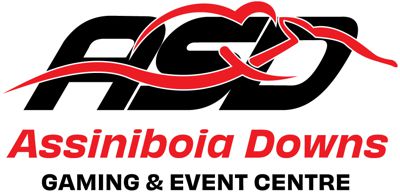by Rob

Trip handicappers always pay close attention to the break from the starting gate.
In the ‘70s a thought process came about that revolutionized handicapping. A long-haired Harvard dropout developed a set of numerical ratings to evaluate horses that ran on different days at different distances on different tracks around the country. That man was Andrew Beyer and those numbers were to form the foundation for what is now known as Beyer Speed Figures.
That was the first modern revolution in the methods of handicapping. For a long time horses with the best figures were good bets, many of them overlays. That time has long since passed and now finding the horse with the best figures is something both a computer and a novice handicapper can do. Speed figures still have their valid place in modern handicapping, but they are no longer “the way, the truth and the light” as Andrew Beyer described them in his book Picking Winners.
The modern handicapper must now use speed figure evaluation in conjunction with trip handicapping. Trip handicapping is a methodology that views how a horse ran in his previous races in an effort to predict how that same horse will run today. I personally break it down into two distinct steps. The first step is the observation stage and the second is step is the visualization stage.
The observation stage is a constant process in which a handicapper should be jotting down things of interest and noting horses that had trouble. This can be done during the live races or by using video replays to review each card and make notes. Either way, I want to remember things about a horse when they come up again in the entries.
A person just starting to learn trip handicapping should not worry too much about the little things. They should watch how a horse breaks, make note of its position on the turn (wide, inside, outside), look for bursts of momentum and also watch for loss of the same. Notes should be made and filed away for future use.
That future use is the visualization stage. Taking into account both the running style of each horse in a race and the trips they had in their previous races, you have to imagine how a race will be run. In particular, you have to be able to see which horses will be trying for the lead, which horses will come from just off the pace and which horses will be rallying from far back.
When that picture is clear in your mind, you can determine which horses can best take advantage of your imagined scenario, and use that knowledge to make an intelligent decision on how to bet the race. Wagering strategy is another topic unto itself and one that I find is overlooked by most horseplayers, but with or without it, trip handicapping can still give you an edge on the crowd.
Rob’s Best Bets and Weekend Longshots
Record-to-Date 8-2-3 from 19 starts
A tough weekend last weekend, though U R Burnin Daylite should have been an automatic cancel for most including myself when he flipped in the gate and had a late rider change.
Wagered: $285.00 Returned: $307.40 Profit: +$22.40
Friday Best Bet: Race 7 — She’s Regal
Friday Longshot: Race 4 — Exclusive Crown
Saturday Best Bet: Race 3 — Plus Ultra
Saturday Longshot: Race 4 — Angelic Fiddler
Next Post Time for Live Racing: 7 p.m. Friday, July 13, 2012
